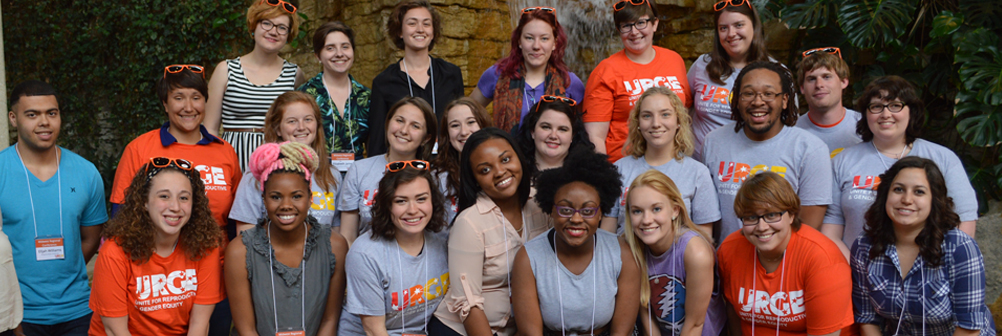White supremacy is on your campus. What next?

Posted by Hannah Bae
October 4, 2019
Systems of white supremacy lurk insidiously and are upheld daily in various institutions—higher education is no exception.
Earlier this year, at my sizeable urban university in the deep South, there was an explosive unveiling of active white supremacists and nationalists on the university’s payroll.
The controversy began with one man. Fliers produced by an unknown source were posted all over campus. They listed the man’s name, position, and evidence of his involvement with the noted hate group, Identity Evropa. Since then, two more people were exposed. The exposure has led to a more significant discussion about my university’s non-action and inability to disavow white supremacy.
The Anti-Defamation League has noted that white nationalists and supremacists are increasingly targeting universities and colleges, with their materials appearing on campuses since 2016.
I remember when I first heard about these white supremacists and nationalists on campus. I was disturbed but unsurprised. What was particularly concerning was the administration’s unwillingness to thoroughly investigate the security threat that it was (yes, white supremacy is a terrorist threat; even the Department of Homeland Security recognized it as such earlier this month) and censorship of student free speech.
The university made it known that as a public institution, it couldn’t take action. Employees, however, emphasized that students could express their discontent. However, when students spoke up and protested, the university quickly started reputation control. The university began to take measures of censorship, including adding questions about controversy or reputational damage on student event request forms. Security fees were also added but given only to organizations deemed “risky.” I’ll let you ponder which organizations were considered to be risks — hint: typically progressive or BIPOC orgs. Administrative officers have also been noted to be following or monitoring select students in these organizations.
It’s challenging to see university officials, who are supposed to be your advocates, become adversarial to your causes.
So, when you’re up against university administration and power structures—how do you make your voice as a student count?
1. Show up:
If there are petitions, sign them. If there are protests, stand with your fellow students. If there are fliers, share them. If there isn’t an organizing group, create your own! Build relationships with other students similarly committed and willing to lend support. It only takes a few dedicated people to mobilize. That’s how the organization committed to addressing these issues and amplifying the student voice on my campus began— it originated with a group of committed friends who wanted to resist white supremacy and advocate for all students, particularly BIPOC, who were targeted by white supremacy and nationalism.

Via GIPHY
2. Organize:
Make realistic goals and specific plans to achieve those goals. Then divvy up action items among the group. Assignment and division of labor helps keep individuals accountable and part of the team and broader cause. Additionally, utilize the technology and resources you have! Create protest events on social media to boost visibility. Create online petitions on Google Forms. Reach out to local activists and receive advice on mobilization.

Via GIPHY
3. Take care of yourself:
It’s easy to get burned out and discouraged while fighting for justice. It’s a daunting task to dismantle these systems that have been in place for a long time and continue to be upheld. Know your voice matters, even when people may ignore it. Be gentle with yourself and take what you need for self-care.

Via GIPHY
Do you have any other tips or best practices for student activists? Comment to share below!
Leave a Reply
You must be logged in to post a comment.

